Hair loss has many causes and can be divided into different types. Each type requires a specific treatment to achieve the best results. Read on to find out exactly what types there are and how they should be treated.
Hereditary hair loss (androgenetic alopecia)
Androgenetic alopecia mainly affects men, though increasing numbers of women suffer from it too. In men, it’s an inherited hypersensitivity to a hormone produced by the body called DHT. It is made by a specific enzyme from testosterone, which is responsible for beard growth, muscle building, deep voice and body hair. In women, it can primarily – due to a hormonal imbalance in childbearing age – lead to thinning hair along the hairline. In such cases, however, it’s generally not referred to as hereditary hair loss. This type of hair loss is caused by increased testosterone levels.
In this particular case, treatment is much easier for women than for men, as women can usually resort to natural measures. Even if there is the option to gently influence the hormonal balance with herbal remedies in men, in most cases doctors will prescribe another treatment – for example, medication.
Circular hair loss
Also called alopecia areata, circular hair loss is characterised by circular areas of baldness. Although it usually affects the head, in some severe cases alopecia areata can cause hair loss all over the body. Circular hair loss is considered an autoimmune disease; the body’s defence cells attack the follicles cells.
Around 50 percent of those affected by alopecia areata achieve long-term success with creams and solutions. Another treatment is cortisone injections, which are injected into balding areas of the skin. For larger bald spots, local immunotherapy with diphencyprone is often used.
Diffuse hair loss
Mostly occurring in women, diffuse hair loss is particularly noticeable because it causes an overall thinning of the hair. The hair growth phase is interrupted, causing the hair to enter the resting phase. Hair can be lost over a period of up to four or, in exceptional cases, six months, so it’s important for those who suffer from diffuse hair loss to consider possible causes.
Possible causes:
- Birth
- Infections
- High fever
- Strict diets
- Accidents
- Emotional stress
- Medication
- Serious illnesses
- Heavy blood loss
- Diseases of internal organs
- Allergies
- Menopause
- Chronic hyperacidity
- Pollution
- Improper hair care
For successful treatment, the dermatologist must clarify any possible causes in advance. First, they ask questions about how long the patient has been losing hair, whether it’s noticeable in certain areas or whether it’s evenly distributed over the head. The dermatologist can then use a plucking test to find out how easily the hair comes off. They can also examine the hair under a microscope. In addition, laboratory results reveal whether hormone concentrations are in balance. Last but not least, an individually tailored treatment is carried out, which – after the cause has been eliminated – leads to regrowth. Specialised hairdressers, who can determine the causes using special cameras or trichology training, are able to recommend suitable treatments – or, more generally, a doctor.
Special types of hair loss
A rare form of hair loss is scarring, also known as alopecia cicatricalis, characterised by bald patches on the head where the hair follicles are damaged and a scar forms. It is difficult to detect because of how slowly it develops. Radiation-induced hair loss (alopecia actinica) also occurs mostly after medically induced radiation therapy with very high levels of radioactive radiation. The causes of hair loss are pressure, tension or friction on the hair root as well as excessive production of sebum. To treat these types, the attending physician usually prescribes medication, which, if taken correctly, solves the problem. In the case of scarring hair loss, in addition to drug treatment, it is advisable in some cases to remove the brush hairs.
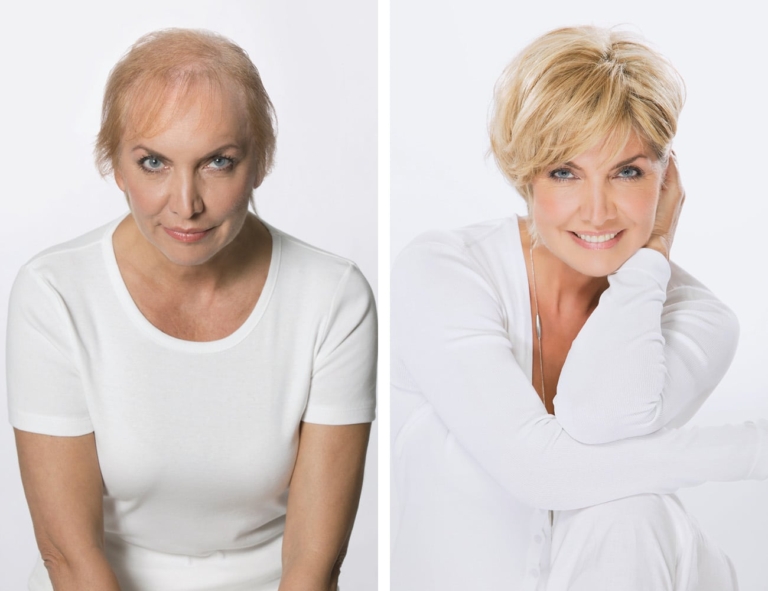
The instant solution for hair loss
The worldwide unique and patented Hairdreams MicroLines method is a magical instant solution for thinning hair and bald patches on the top of the head. Permanently attached, gentle on your own hair and invisible, it gives you strong, healthy hair even in cases of hair loss. The MicroLines are integrated into your own hair and thus provide more hair fullness. Each MicroLines is a hand-knotted masterpiece and can therefore be made individually.
Stop&Grow: The long-term therapy
After a comprehensive scalp analysis at our specialised partner salons, the hair therapy with Stop&Grow starts. Our Stop&Grow hair therapy consists of special products for use in the salon and products for daily care at home. It is also individually adapted to the needs of the user.
It has a soothing effect on the sensitive scalp, relieves itching and regulates greasy hair and dandruff. It noticeably improves scalp health – after just a few applications. Excessive hair loss is significantly reduced and the hair grows back stronger.


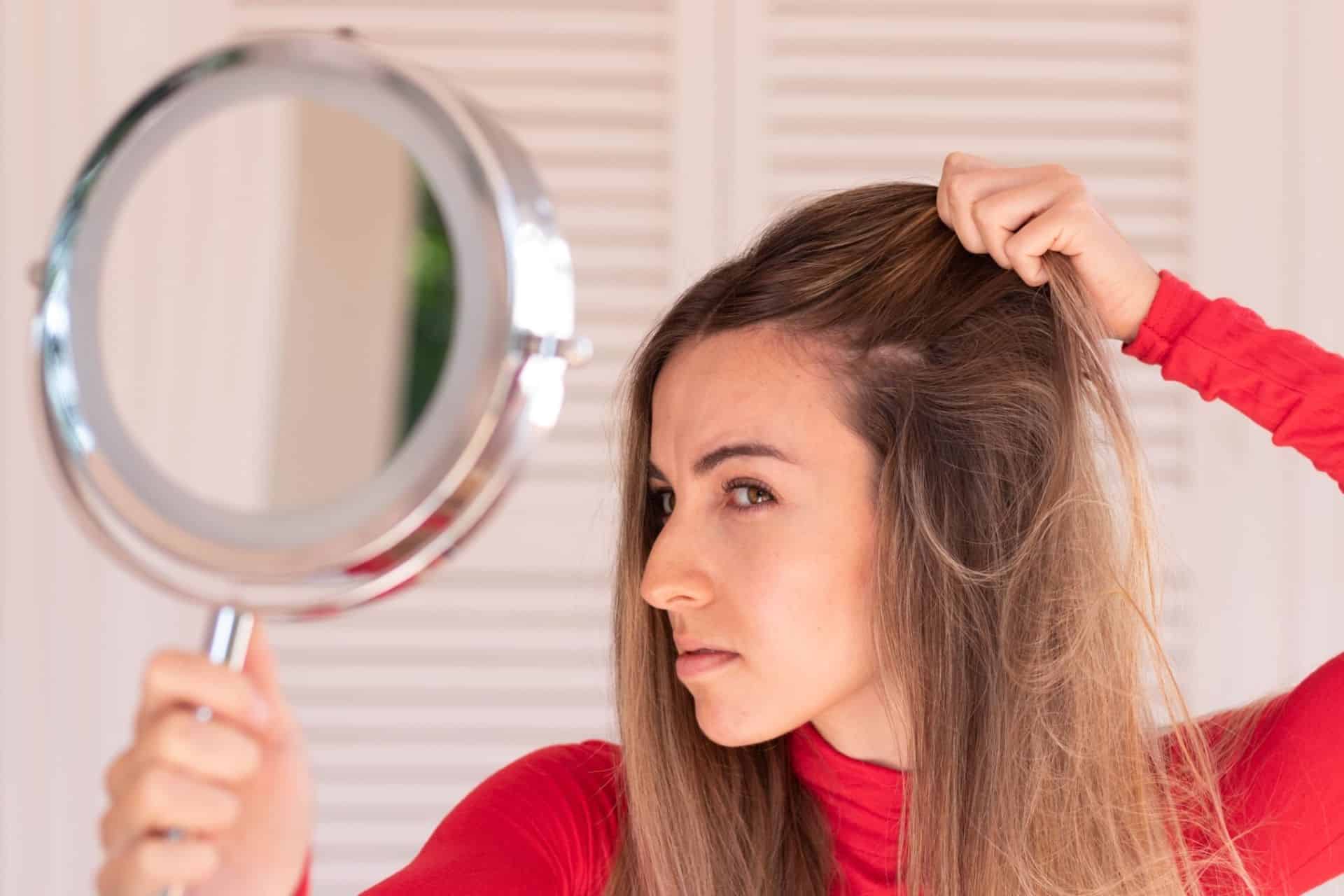
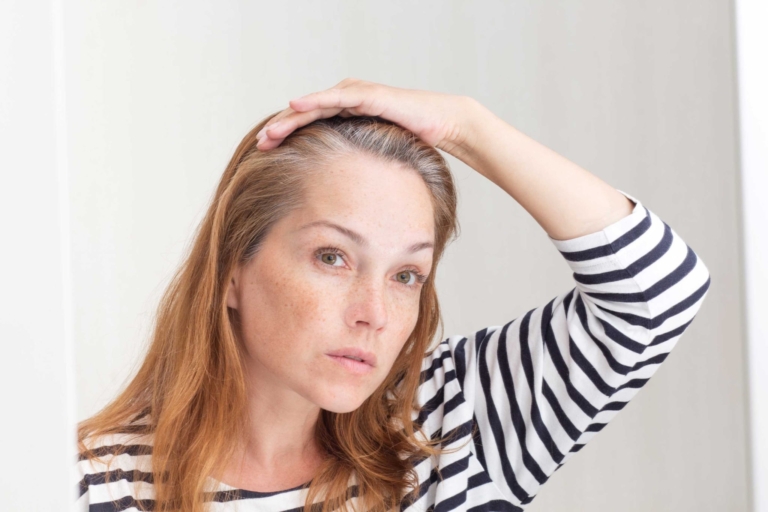
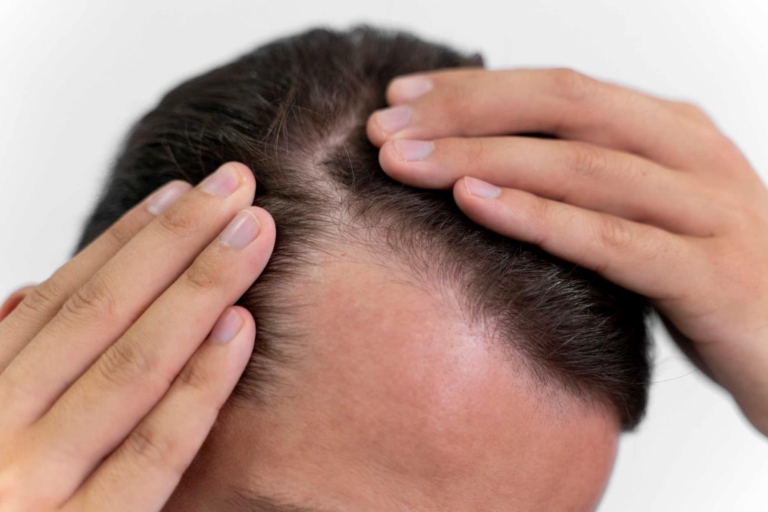
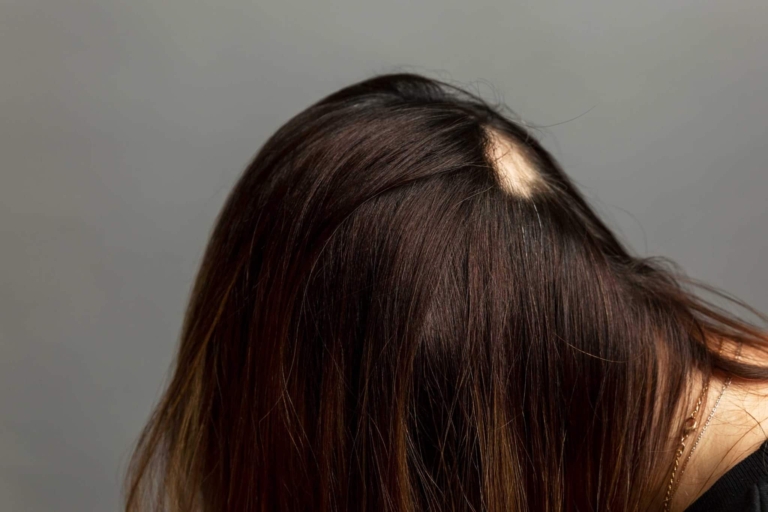
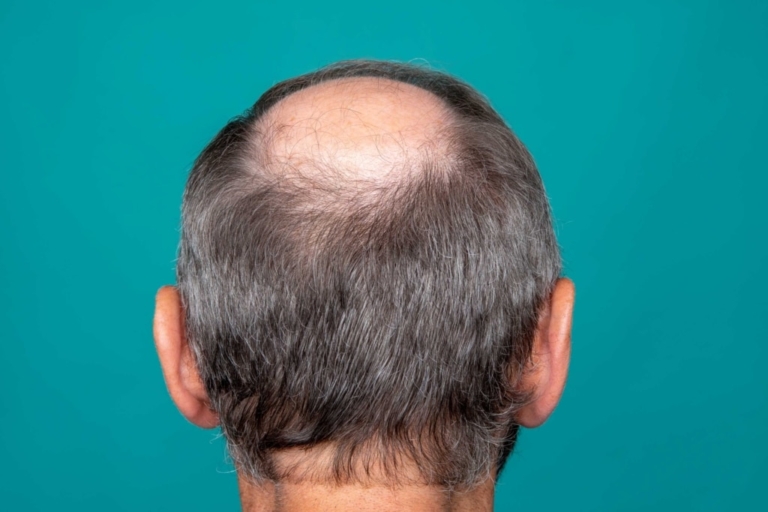
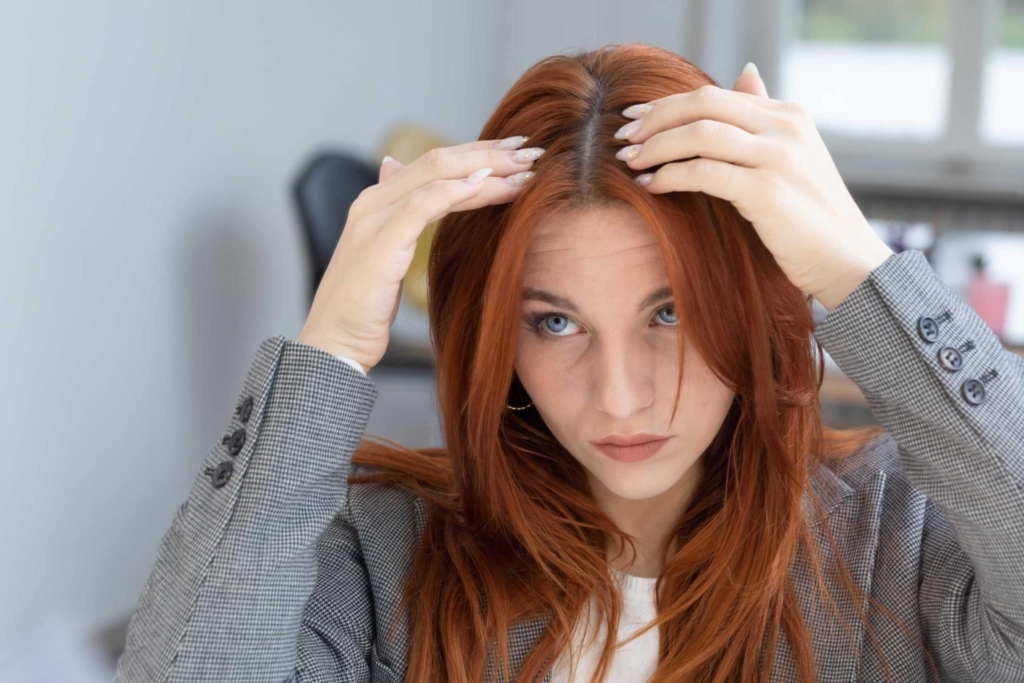
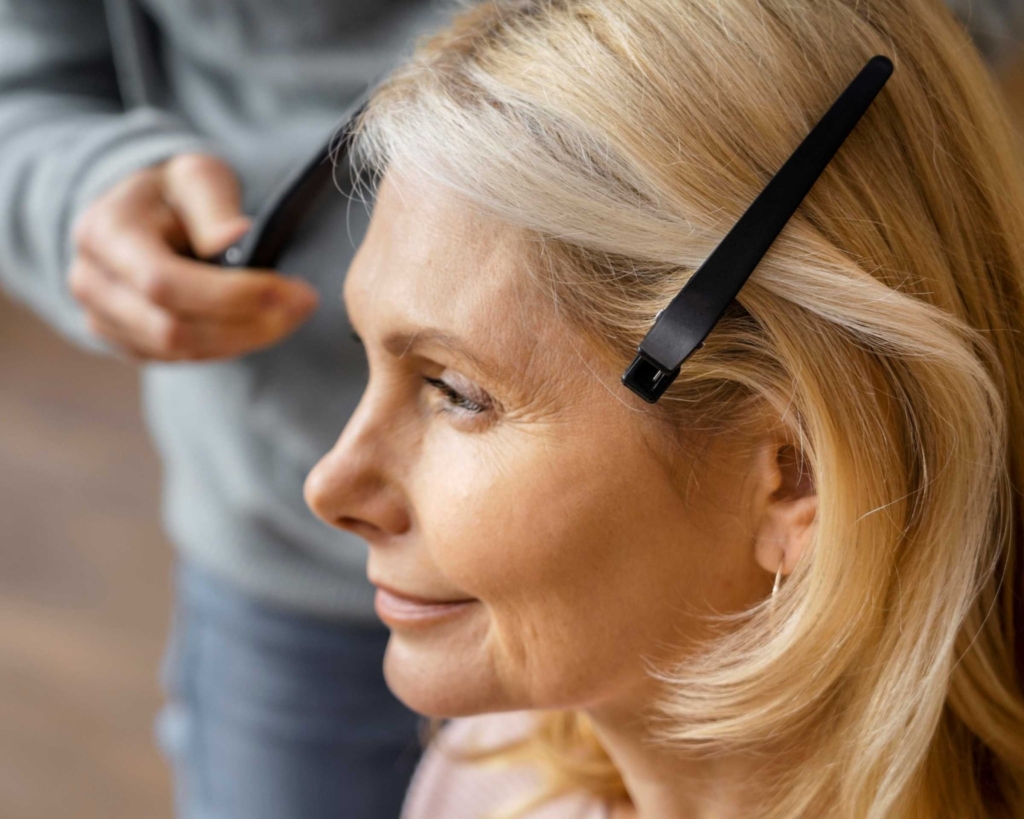
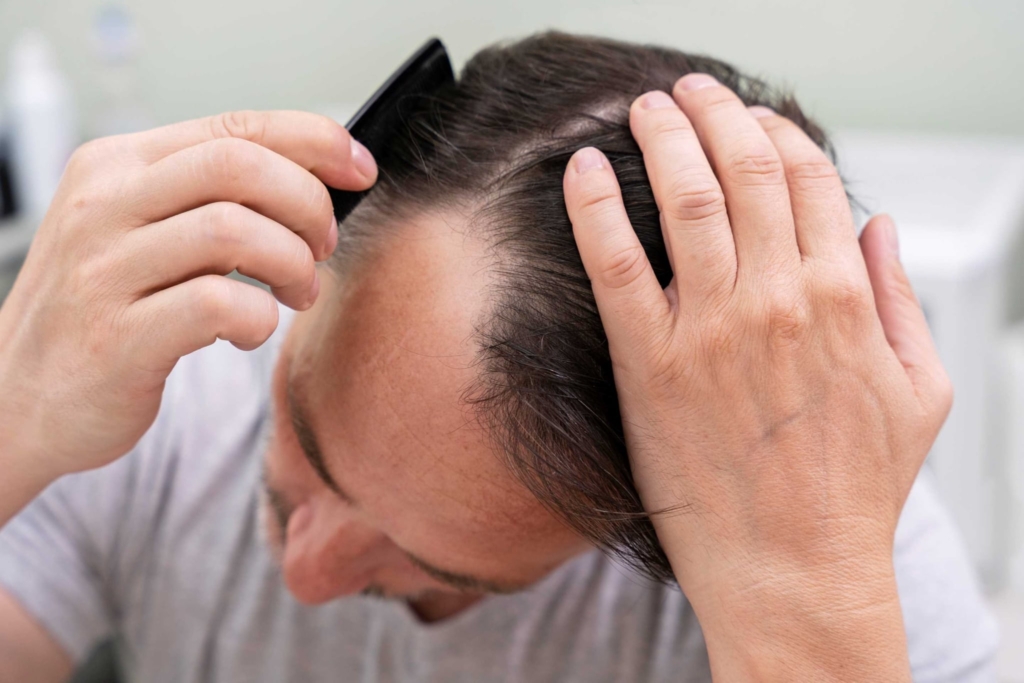
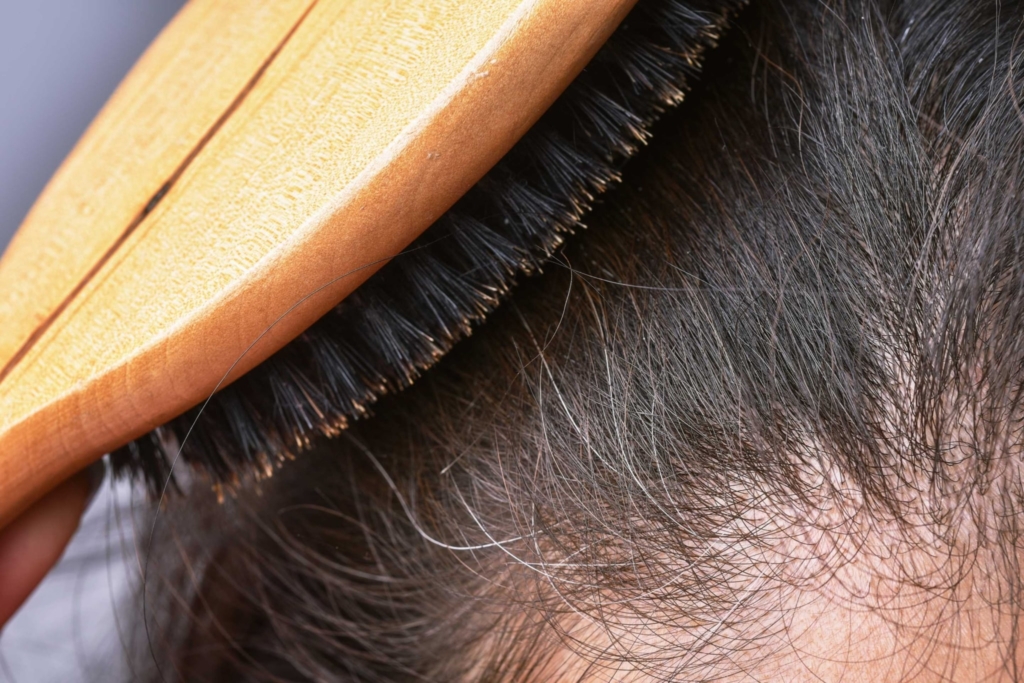
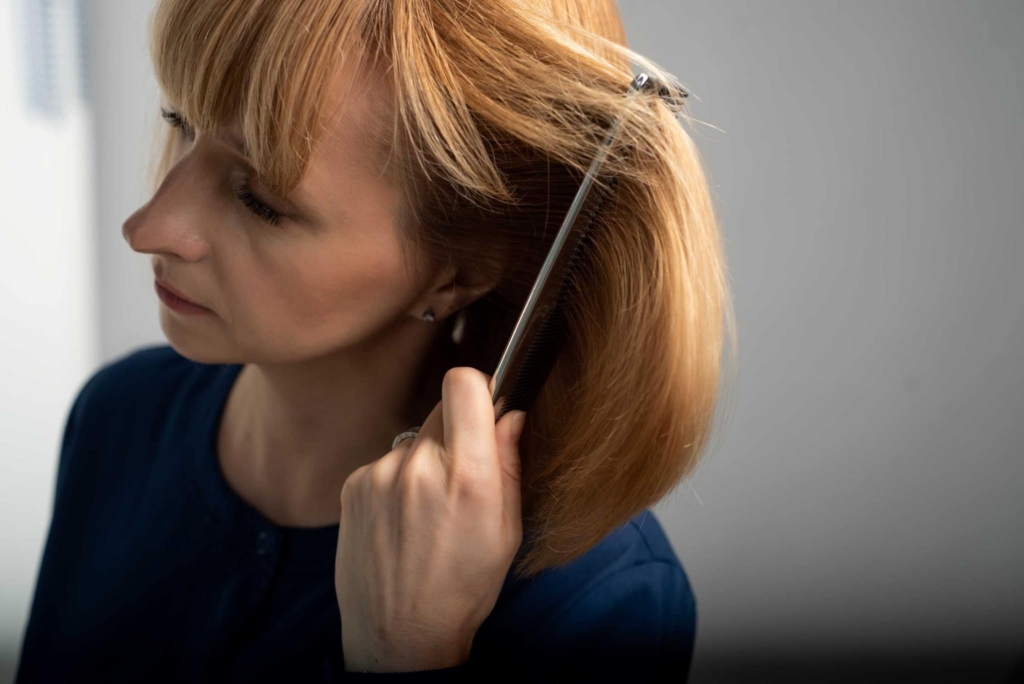
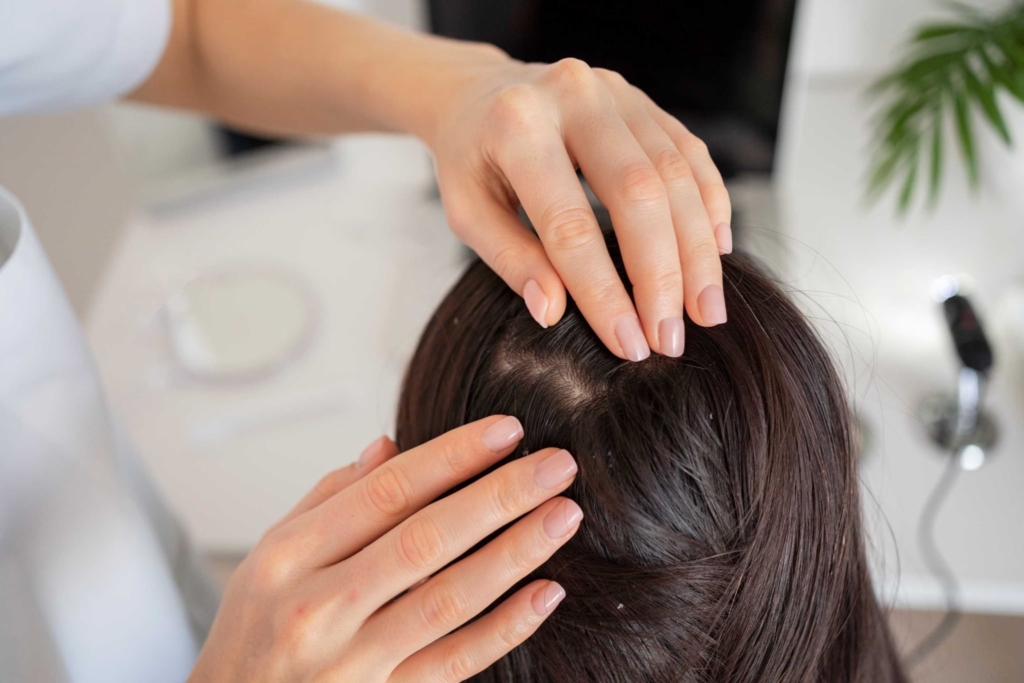
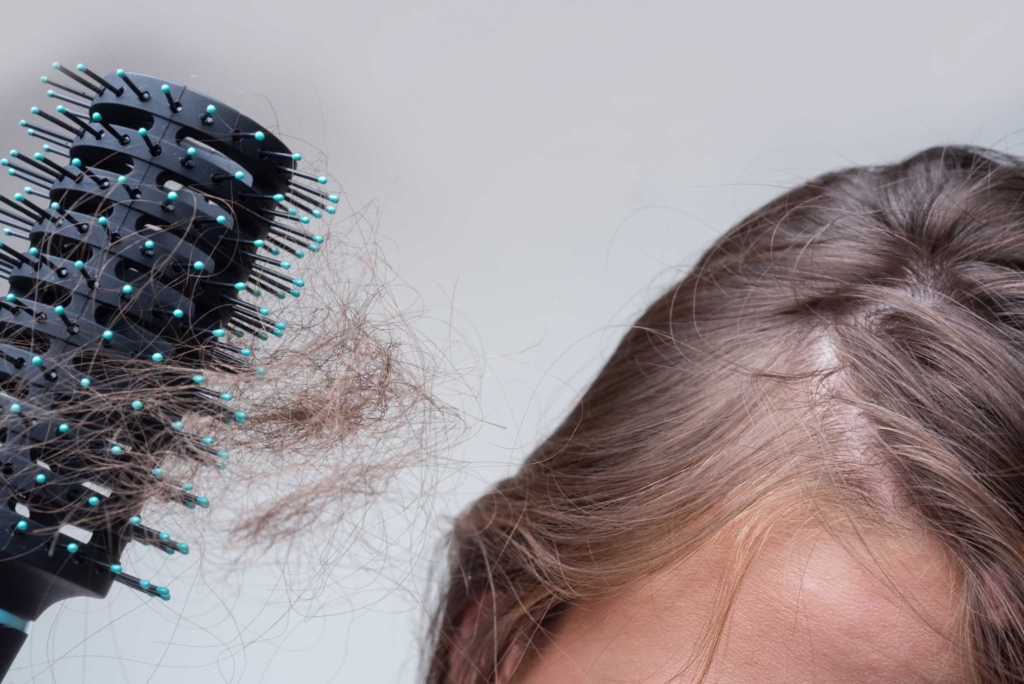
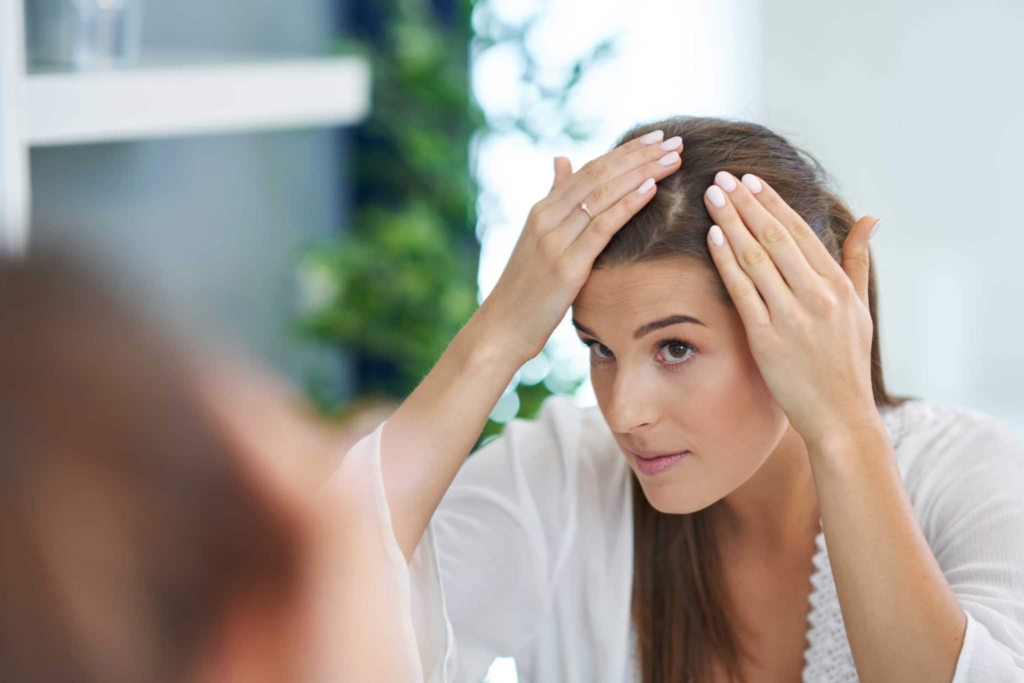
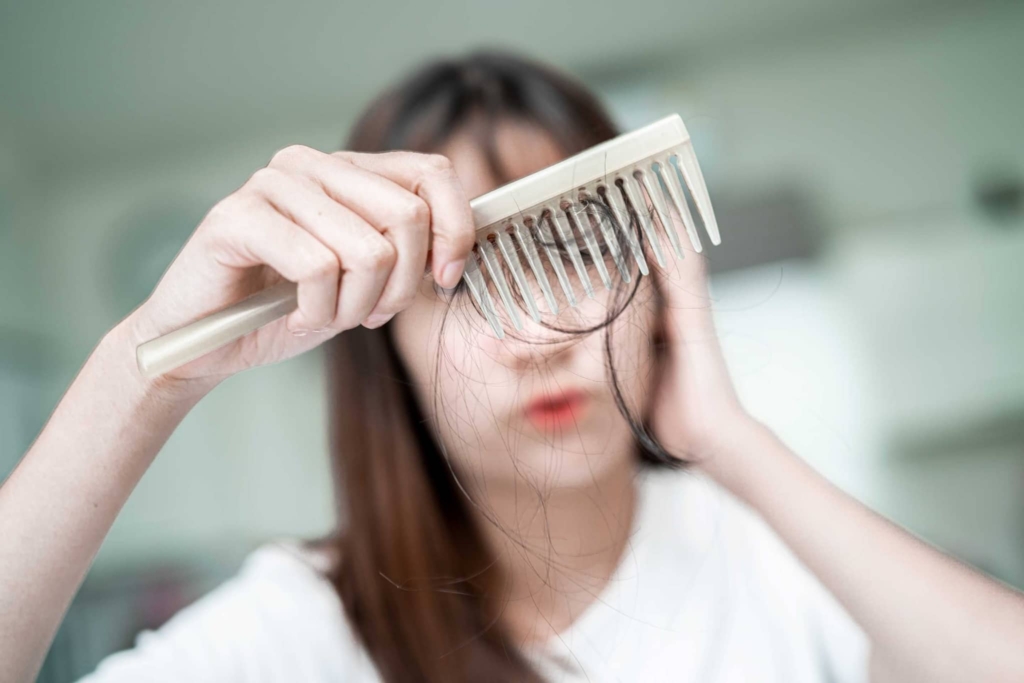
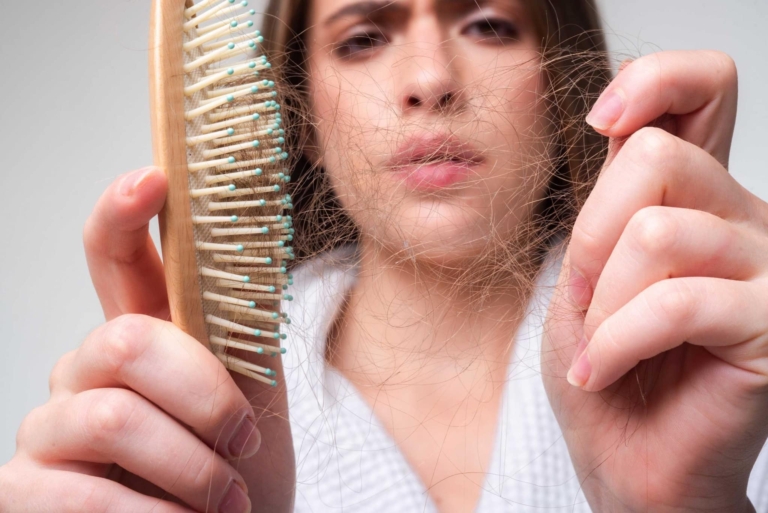
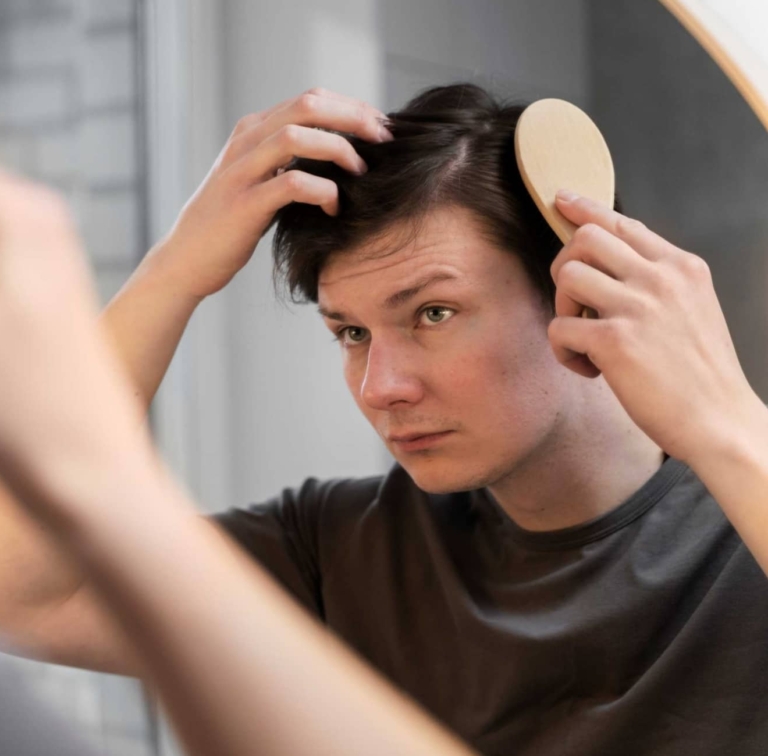
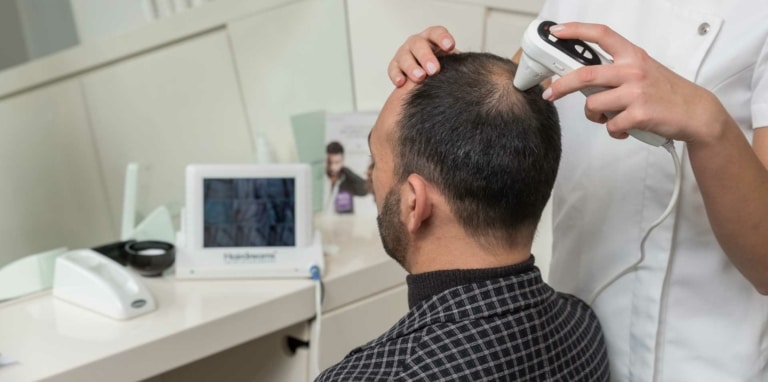
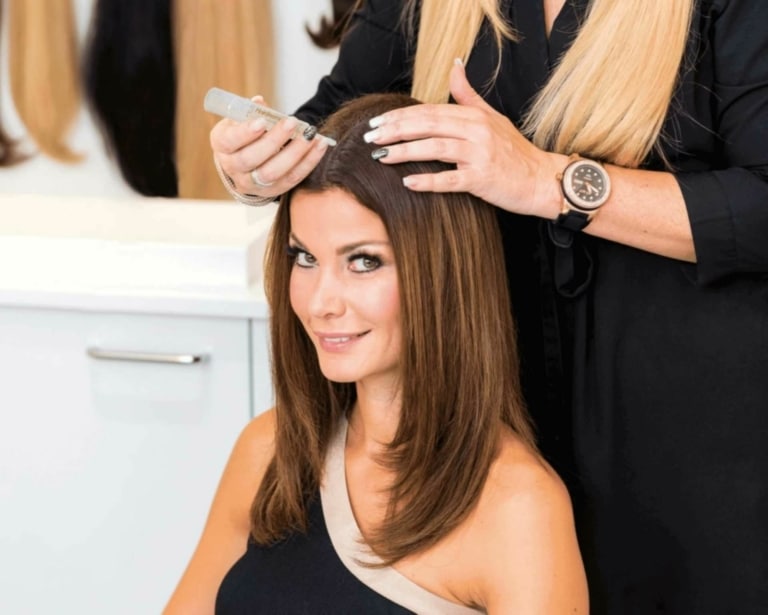
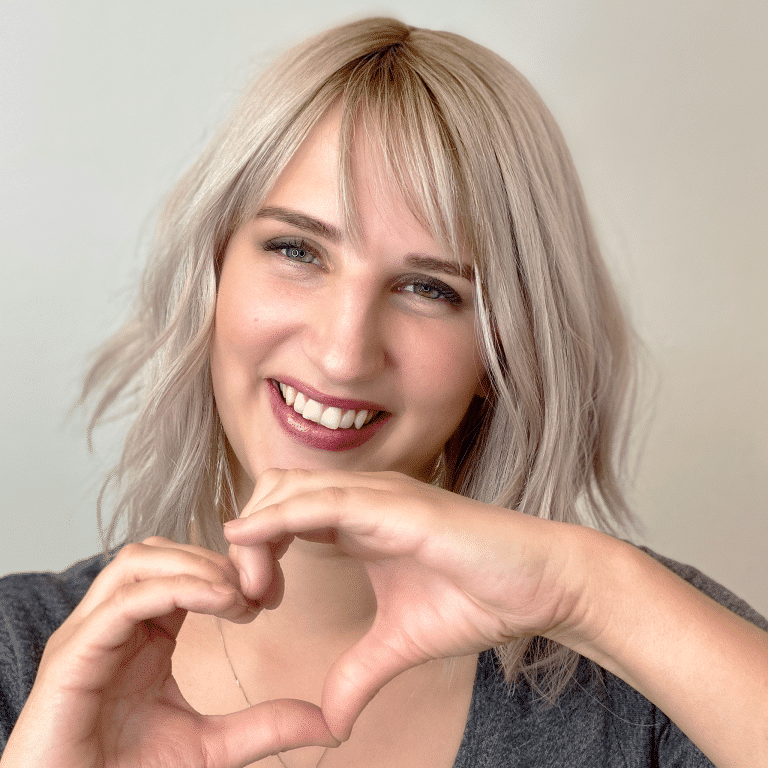
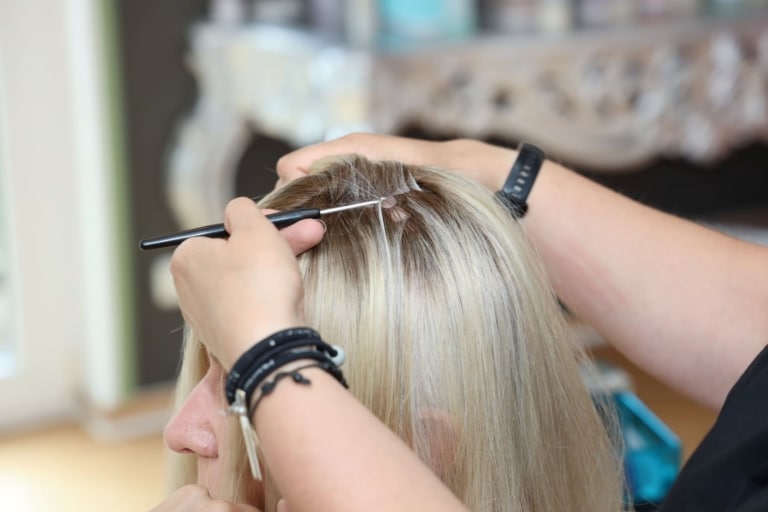

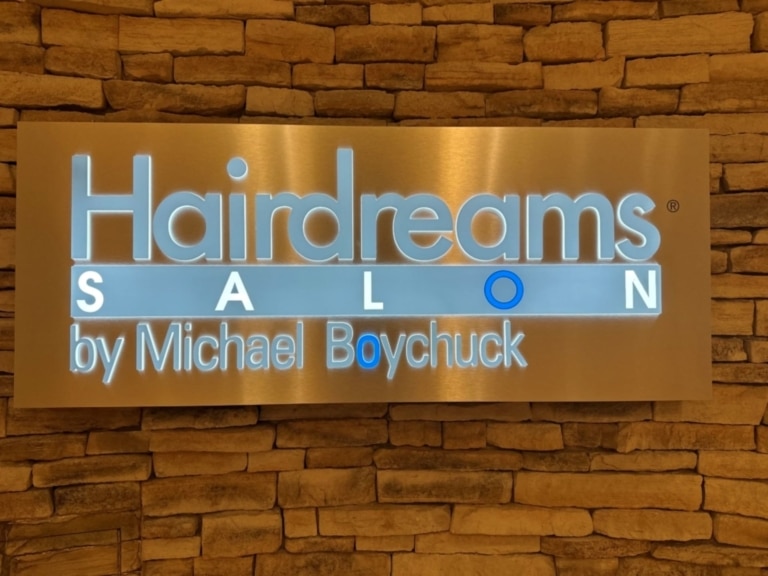


#hairdreams